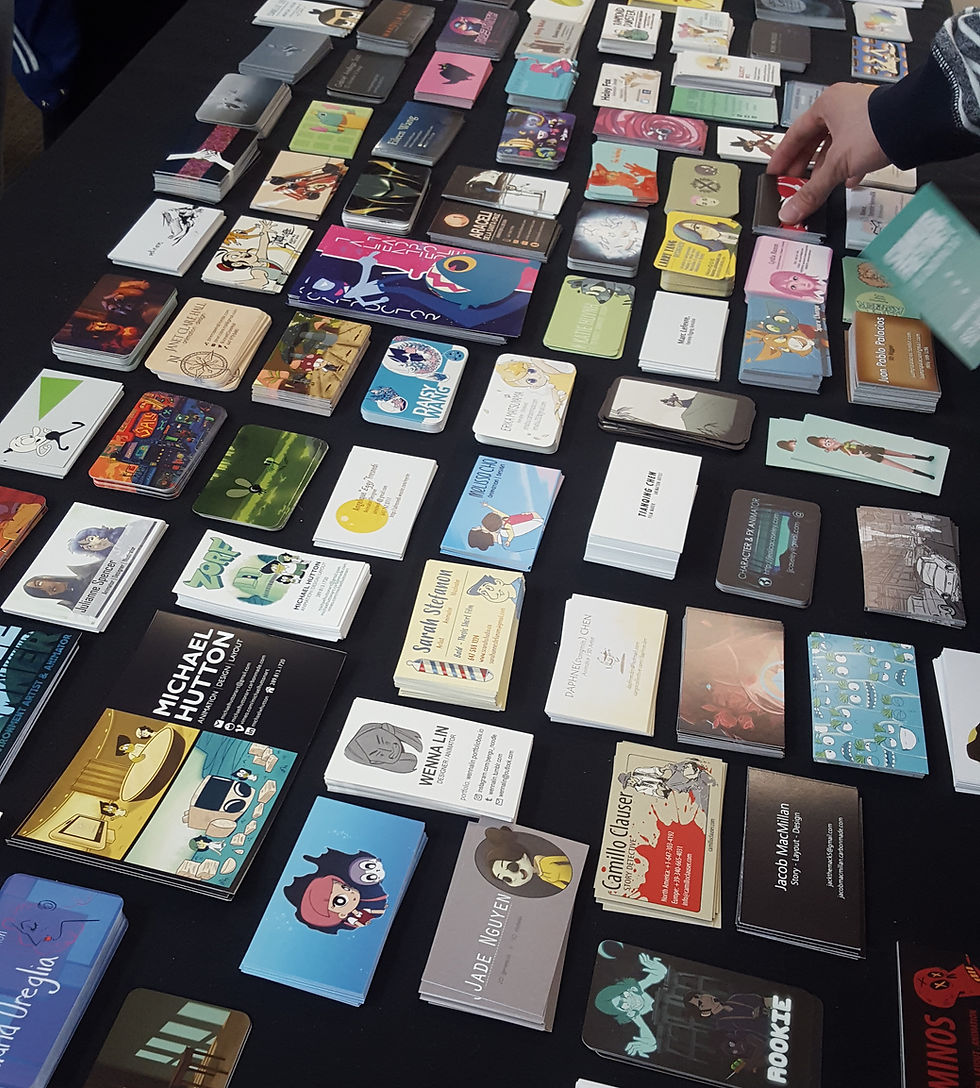Elements of Successful Communication
- Jan 16, 2023
- 3 min read
Updated: Jan 16, 2023

Elements of Successful Communication
In a busy studio environment, the concept of having all staff working together in alignment with the studio’s overarching goals is what dreams are made of. In many cases, however, leaders aren’t optimally communicating studio goals or empowering employees with information they need to succeed in their roles and as part of the studio’s overall trajectory of growth and success. Your employees may never have a real conversation with a managing supervisor for several months after being hired. It may only be after something has gone wrong or at an annual review that an employee can begin a dialogue with management. It’s also possible that management may have opted to use Employee Surveys as a method to glean data from staff while keeping an arm’s length. Sound familiar?
Or you may have asked that your HR department speak to your staff and communicate your goals, coming from a perspective that this is part of HR’s role. Except, it’s not. In fact, the Human Resources department is responsible for managing the employee LIFE CYCLE (i.e., recruiting, hiring, onboarding, training, and firing employees) and administering employee benefits. HR does not manage the daily tasks of staff, nor should it.
Relying on HR or on employee surveys can ultimately fall short. Remember that while project after project is completed and your studio’s riding the wave of external approval, a look inward may be what’s necessary to encourage high-level performance from all. How do we turn inward to achieve success?
One-on-one meetings
An often-neglected solution to reaching harmony and alignment with your staff is the weekly one-on-one meeting. There is no employee survey that can accomplish what human interaction with a manager or supervisor can achieve, particularly by ways of opening the lines of communication and quickly navigating through roadblocks your staff may be facing. Conversations like this will lend themselves to being more personal – which is exactly what you want. Use the time productively and transparently. Ask questions and truly listen to the responses you’re receiving. This is the time for your employee to articulate their workplace-related wants and needs and for you to take all of it into consideration to build upon your relationship with a sense of trust and openness. It will be a welcomed change.
Putting the Time in to See Results
Getting next-level results requires a modest investment of something very valuable -- time. Will this approach be more involved? Yes. Will it be worth it? Also, yes. Creating a sense of consistency with these meetings will show your staff that you’re serious about your commitment to them and navigating this territory together. Setting this groundwork will also provide benefits over the long run. As relationships grow and evolve, these meetings will provide the space for your staff to continue to find harmony, even if there are curveballs.
What to Avoid
Leaving this vital work to your HR department won’t get you the results you’re looking for. First, it isn’t HR’s role as previously noted. Second, this added buffer between management and talent won’t ultimately serve your goals, but it may sow seeds of miscommunication, discontent, and disenchantment with this management style. Send your leaders to leadership programs, assign them, mentors, allow them to job shadow, and expose them to others who can help or coach them. Give your leaders an opportunity to improve.
If empowering your employees to have confidence and security to create their best work is what you’re truly after, set some time aside for a dialogue with your talent. Go ahead and see how far you’ll go once every member of the team is rowing in the same direction.
.png)



Comments